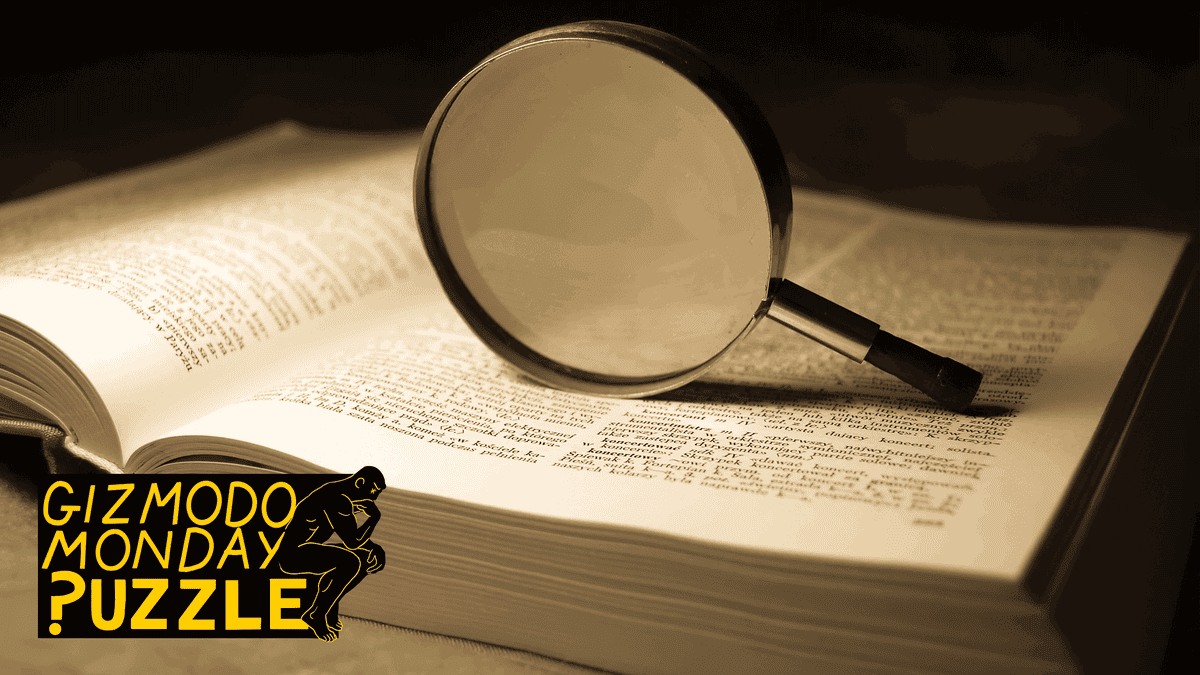[ad_1]
Here’s a famous teaser that I don’t really like much: What number comes next in the sequence 8, 5, 4, 9, 1, 7,…? It’s not so obvious. It becomes a little easier when we write the sequence in words: eight, five, four, nine, one, seven, …. Spot it now? The answer is 6, because the digits are given in alphabetical order (and six comes next). It’s a fine trick, but it preys on the forgivable assumption that a pattern in a sequence of numbers will have something to do with numbers. I prefer when the parameters of a puzzle are clear. There are many neat observations we can make when we view numbers as words—no deception required. Try answering the questions below to see what I mean.
Did you miss last week’s puzzle? Check it out here, and find its solution at the bottom of today’s article. Be careful not to read too far ahead if you haven’t solved last week’s yet!
Puzzle #15: Spell It Out
- What is the smallest number that contains the letter “a” when spelled out?
- There is only one number that, when spelled out, has its letters in alphabetical order. What is it? There is also only one number with its letters in reverse alphabetical order. What is it?
- Imagine we fill a dictionary with the first trillion numbers in alphabetical order. What is the first odd number in the dictionary? This question is tougher than it sounds!
Some clarifications:
- We’re only considering the counting numbers 1, 2, 3, 4, etc. No fractions, decimals, or negatives.
- We’re spelling numbers in a canonical way that does not use the word “and.” For example, the number 426 is written “four hundred twenty six.” The number 2,500 must be written “two thousand five hundred” and cannot be written as “twenty five hundred.” 25,000 on the other hand is written “twenty five thousand.” 100 is written “one hundred” and not “a hundred.”
- Ignore all hyphens and spaces. For example, sixteen comes before six thousand.
While some of these might sound like exercises in brute force search, there are strategic ways that you can trim down the search space. Explore the patterns in how we name our numbers and take a stab at whichever prompt you find the most compelling.
If you know of any other quirky properties of spelled out numbers, please share them in the comments.
I’ll be back next Monday with the solution and a new puzzle. Do you know a cool puzzle that I should cover here? Send it to me at [email protected]
Solution to Puzzle #14: Elon Musk’s Interview Question
Did you make progress on last week’s puzzle, or did it have you walking in circles? Aside from the North Pole, there are actually infinitely many different solutions. Remember to think of lines of latitude actually as circles around the planet that get progressively narrower near the poles. Picture the circle of latitude near the South Pole that is exactly 1 mile long. The key observation is that, since this circle is 1 mile, walking west 1 mile along it sends you all the way around and back to where you began. So an alternate solution to the puzzle is any point that lies a mile north of this circle. Walking one mile south from there puts you on the circle. One mile west then loops you perfectly around the circle, not having changed your position at all, and then the final mile north brings you back up to your starting point.
We can extend this idea further. Picture a smaller ring even closer to the South Pole where the circle of latitude is exactly half a mile long. Walking 1 mile west along this circle will send you two laps around and then settle you where you started. So any point exactly 1 mile north of this circle works as well. This gives us a whole family of solutions: all of the points exactly 1 mile north of the circle of latitude near the South Pole measuring ⅓ of a mile, and the same for the circle measuring ¼ of a mile, and so on.
[ad_2]
Source link

